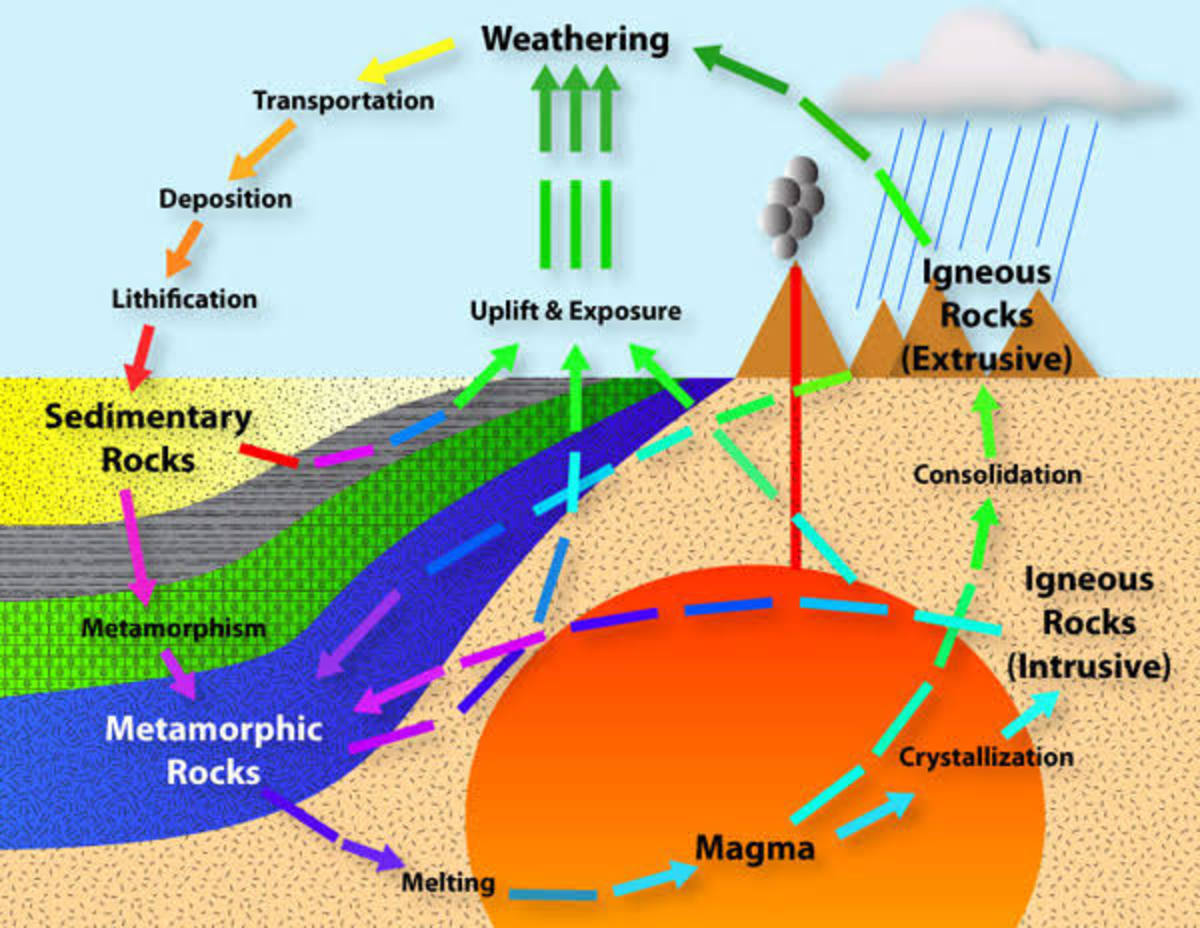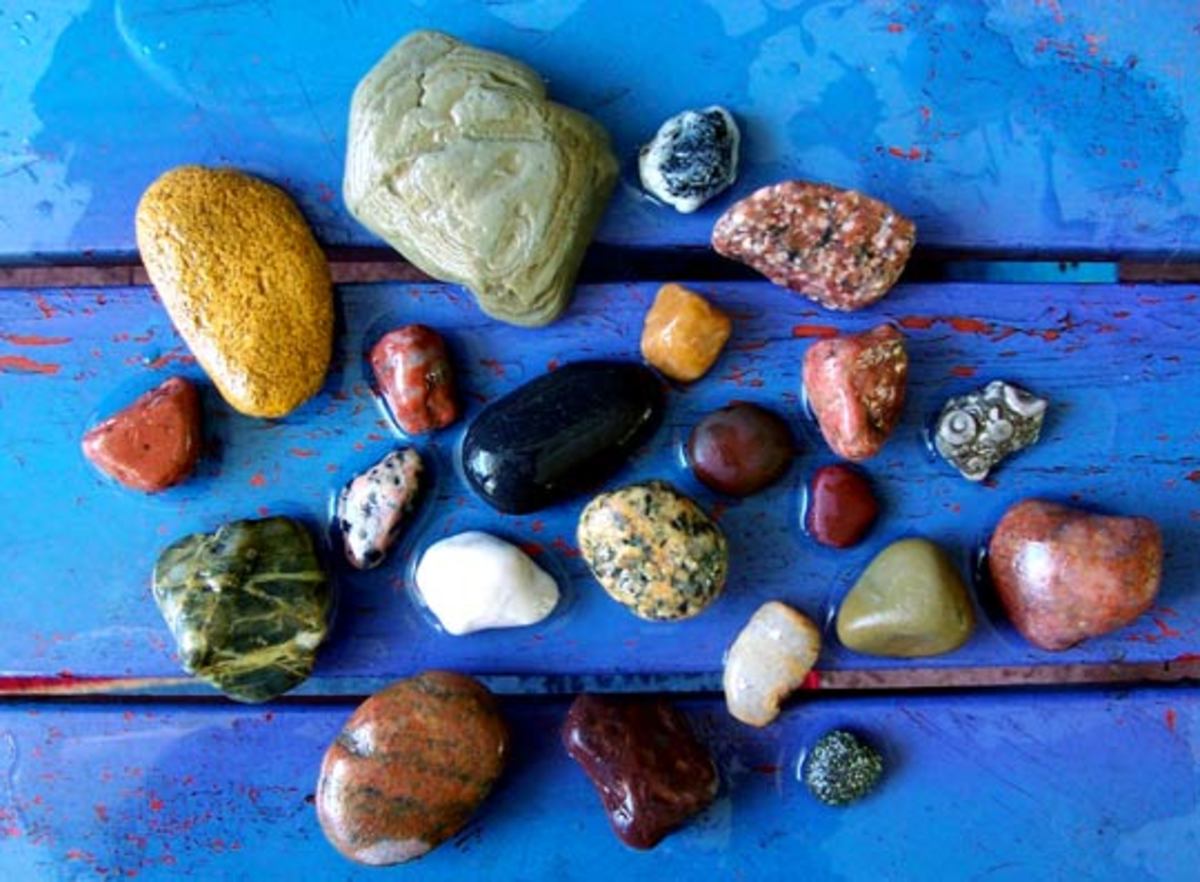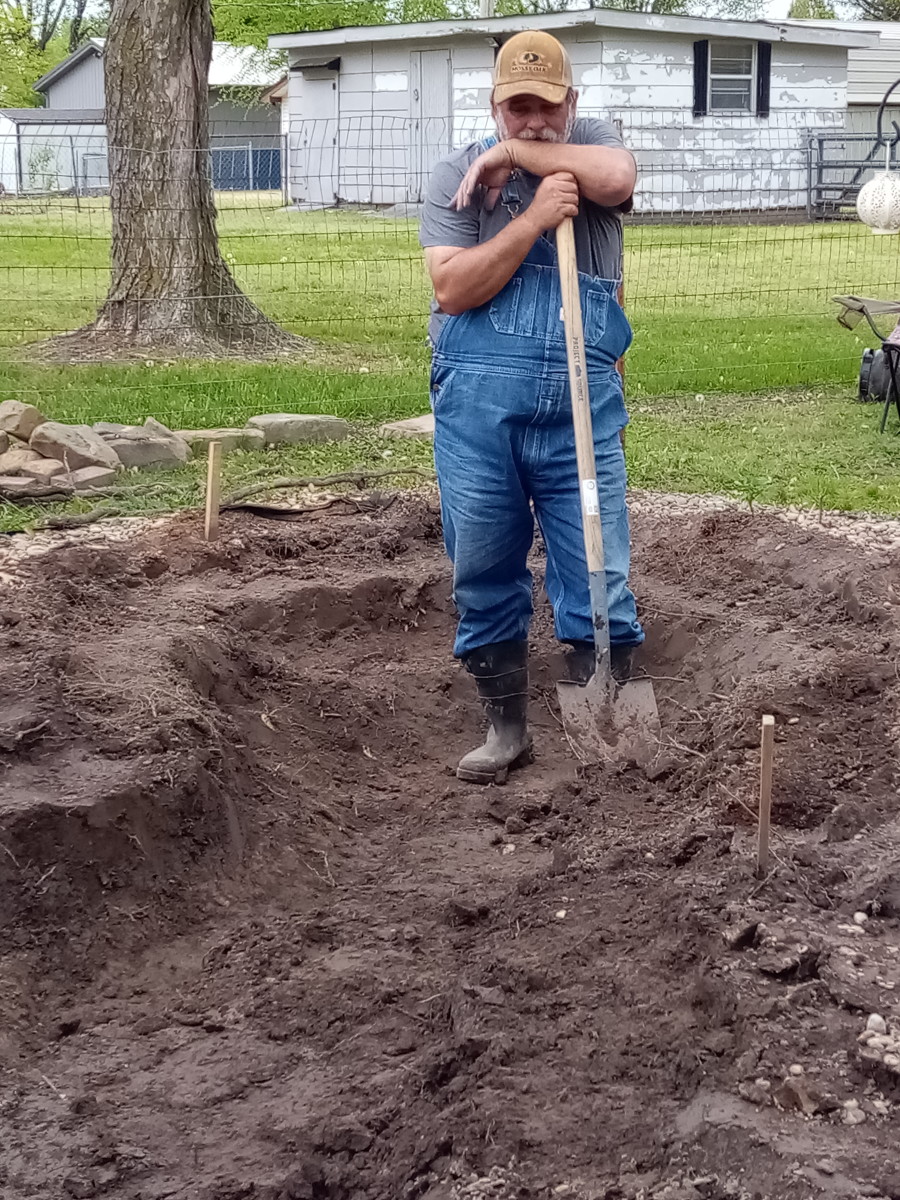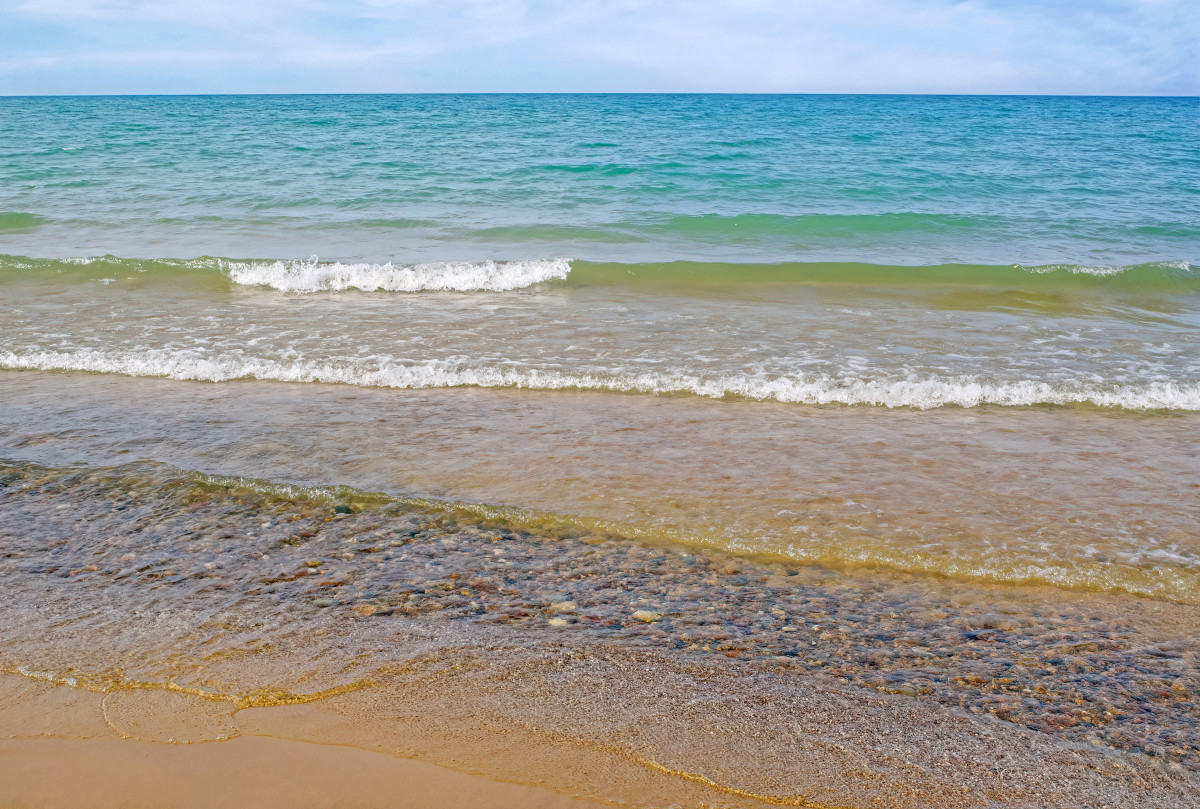Granite And Its Different Forms
Granite, which derives its name from the Latin “granum”, meaning 'a grain’, is one of the most globally used natural rocks. Its crystalline structure is what makes it unique and unlike the rocks and stones we so often come across. These crystals which grow into one another, forming an intertwined mass of crystals, lend the global granite its strength and hardness.
What is Granite?
After a volcanic eruption, the magma that does not spill out from the craters on the earth’s surface, slowly cools down and consequently forms granite; the time taken for cooling determines the size of crystals of the rock. It means that this rock has to be excavated from beneath the surface of the earth, which is an expensive and labor-intensive process. But the qualities that this rock possesses make all the effort worth it. Most of the granite we find today was formed during the Precambrian time.
Where is Granite found?
Granite is found all over the world, and is usually the base underneath the sedimentary and other newer rock layers. New England is noted for its abundance of granite quarries.
Why Choose Granite Over Other Materials?
It is the 4th hardest material after diamond, ruby and sapphire. A composition of various minerals like quartz, feldspar and mica among others, renders granites heat and cold-proof and scratch-proof. Try cutting a slab of granite with the sharpest knife and your knife will need a re-sharpening. It is that resilient and resistant to scratches, marks, chipping, spalling and scaling, unlike the softer sedimentary rocks. No wonder the Egyptians chose the granite to build their pyramids that still stand tall, having braved centuries of erosion and abrasion. This intrusive stone is also capable of carrying heavy loads. Hence it is a great choice to build high-traffic floors and stairways.
Owing to its virtually indestructible nature, the granite has been and still is globally the no. 1 choice when it comes to construction— pyramids, gravestones and tombstones, sculpture, gothic buildings, commercial and public buildings or our humble kitchen countertop. The stone really shines!
Wide Range of Granite
This igneous rock comes in multifarious types, colors and patterns. Ranging from gray to green, crimson to canary, beige to black and a plethora of whites, it spoils one for choice. Equally varied, if not more, are its crystal patterns which differ in every piece of rock.
Granite Comes in 3 Varieties
Biotic-granite, hornblende-granite and tourmaline-granite, their core ingredients being quartz, plagioclase and K- feldspar, respectively. Depending on its origin, granites can also be divided into the I- type, S- type and M- type. The first type is formed from an igneous parent rock, the second from a sedimentary parent rock and finally, the third composed of rocks from the mantle. Based on polishing too, the stone receives a new look, glaze and finish.
Shades of brown, green, black and white are among the most popular and commonly used. While Autumn Brown, Tropic Brown, Baltic Brown are shades of brown, Venetian Gold, Giallo Topazio, Golden Oak and Kashmir Gold are beige in color.
So pick one that catches your fancy and rest assured it will wow your friends and make your foes turn green with envy!
© 2013 Juana








